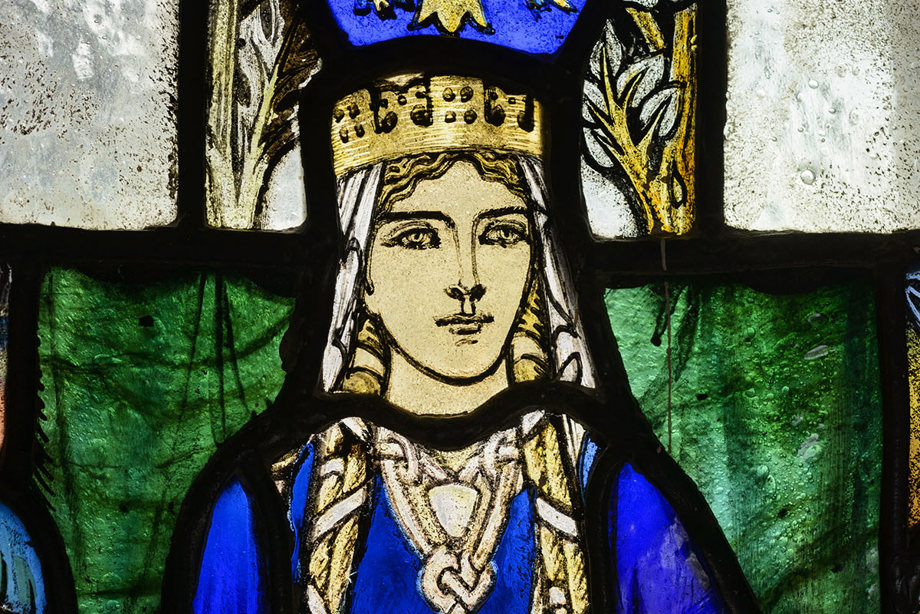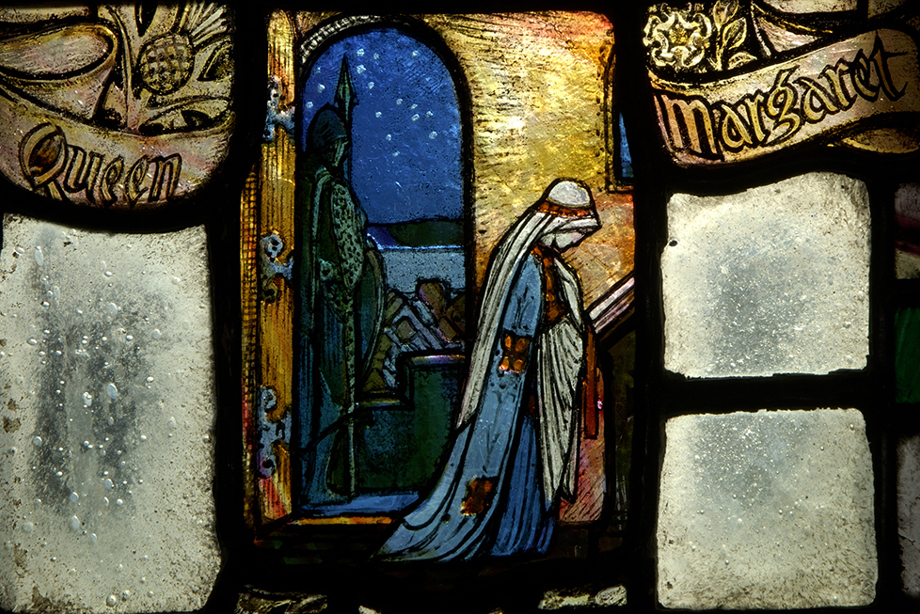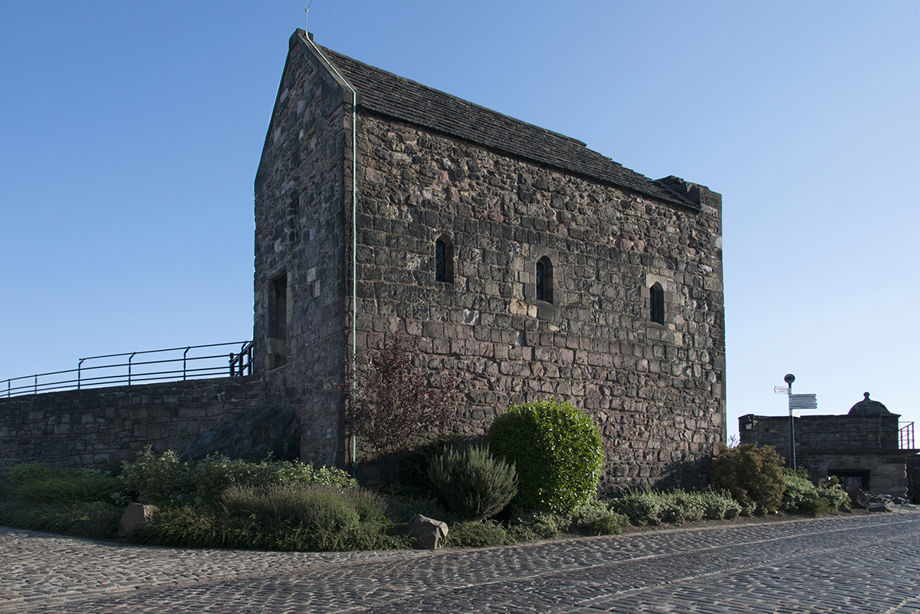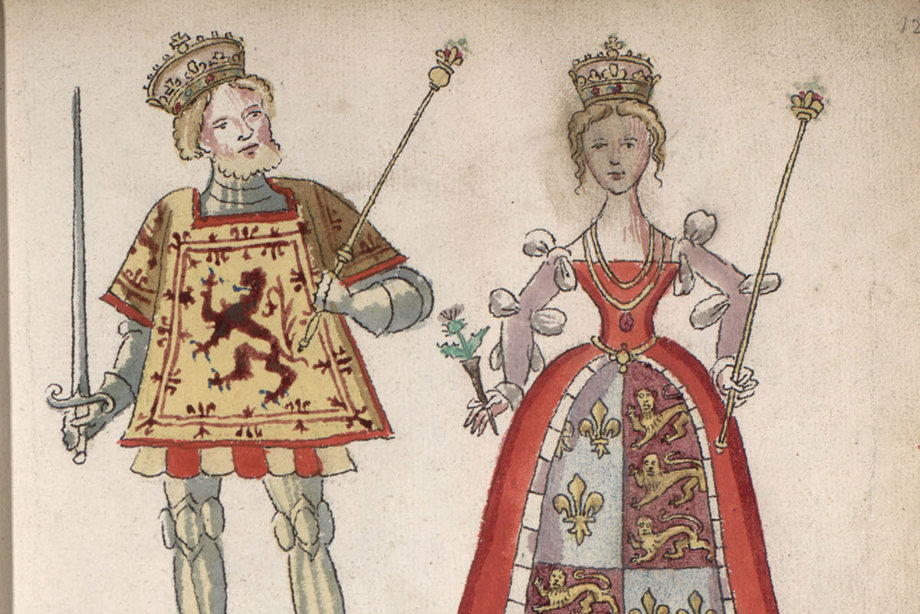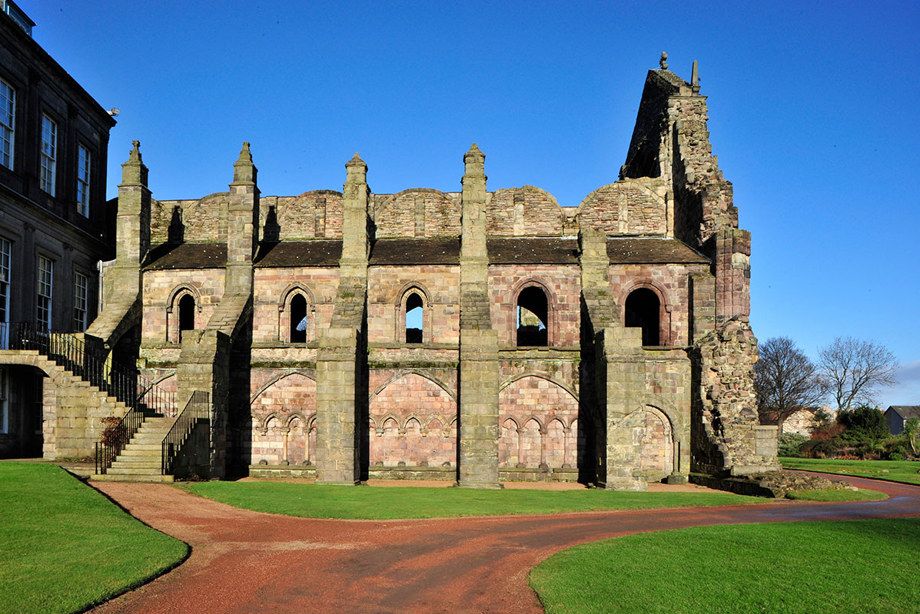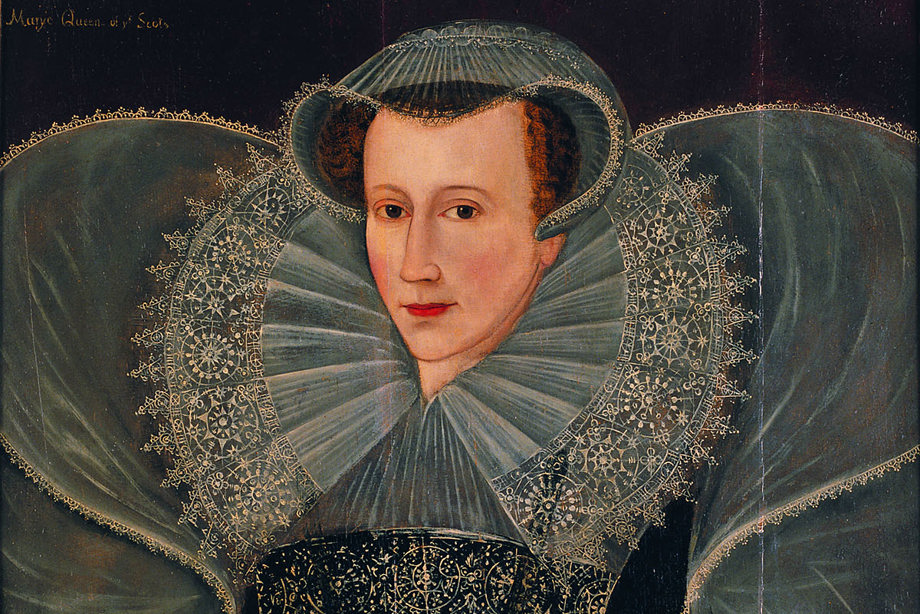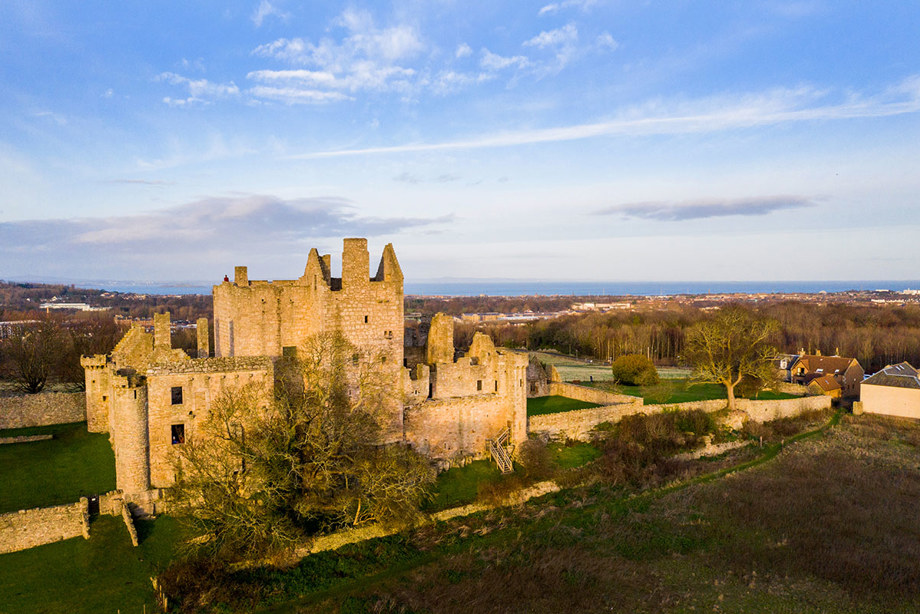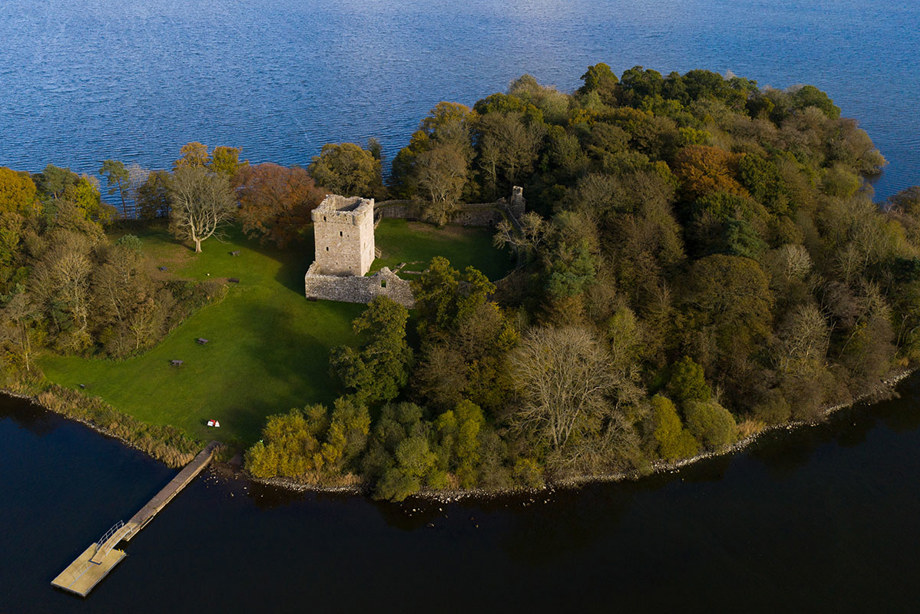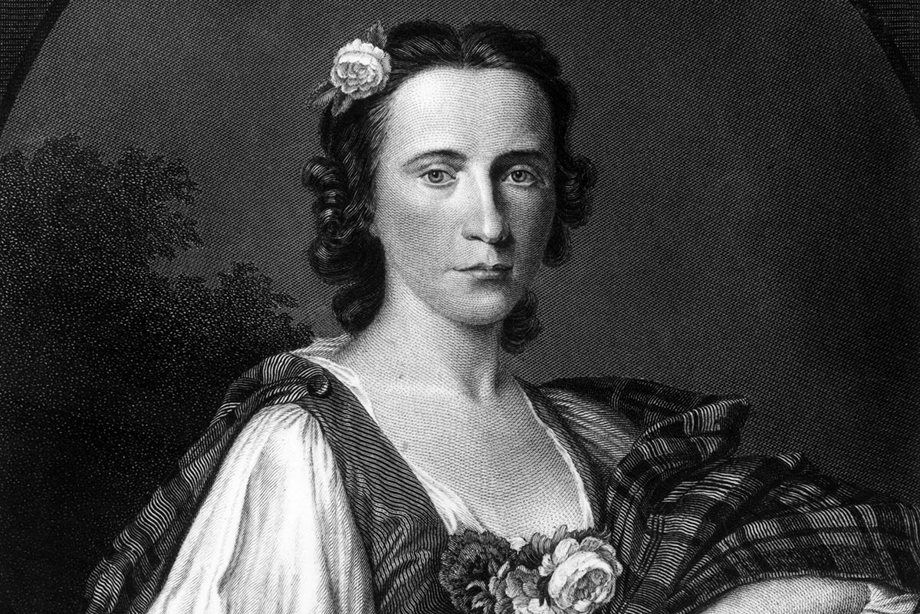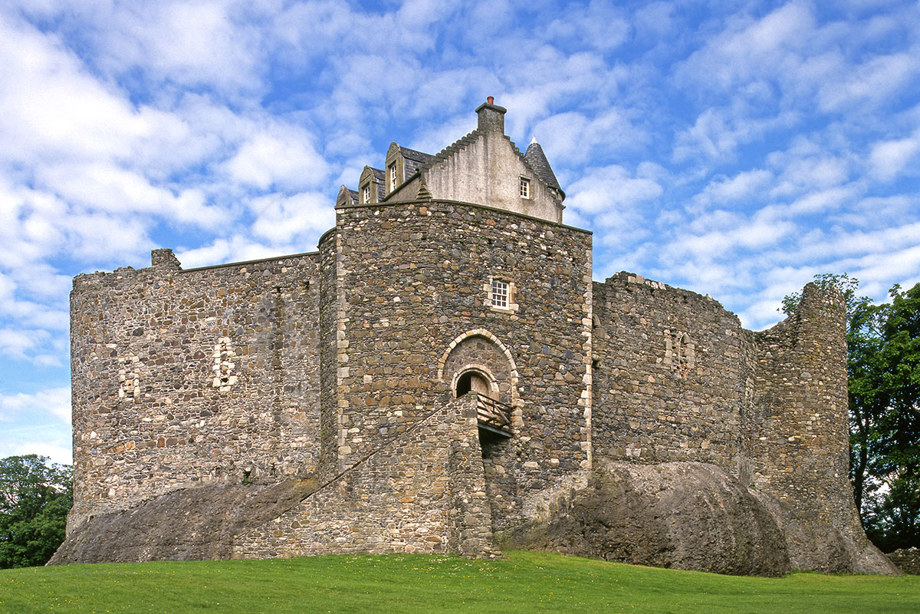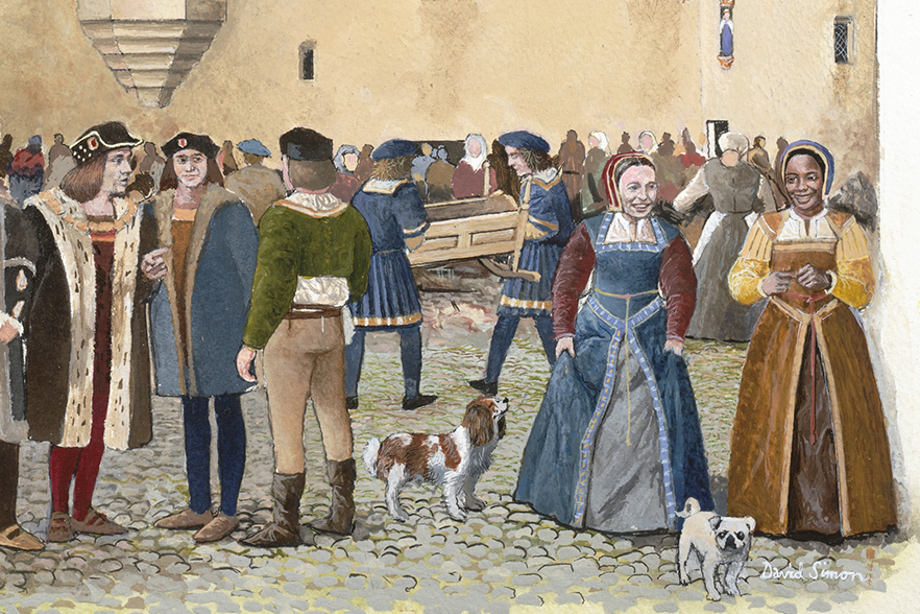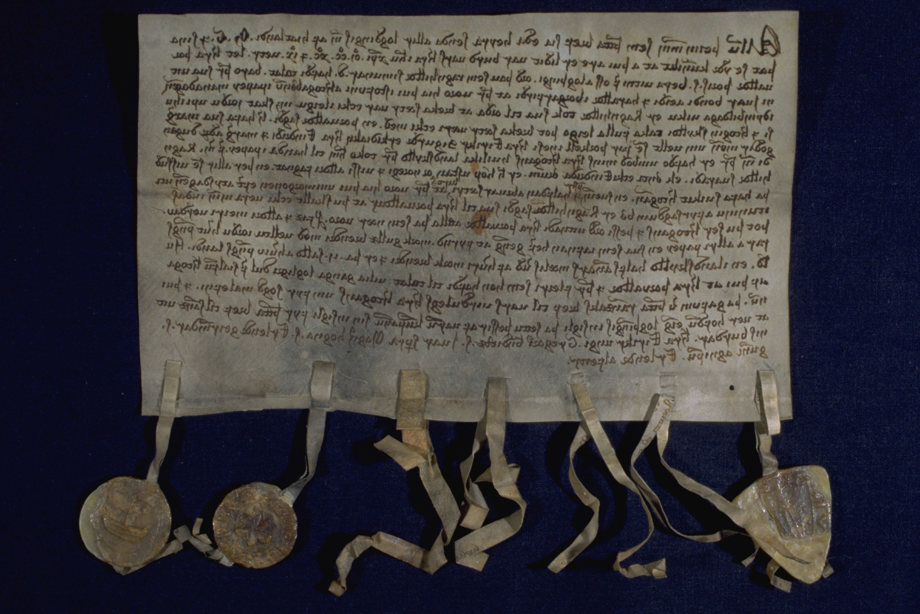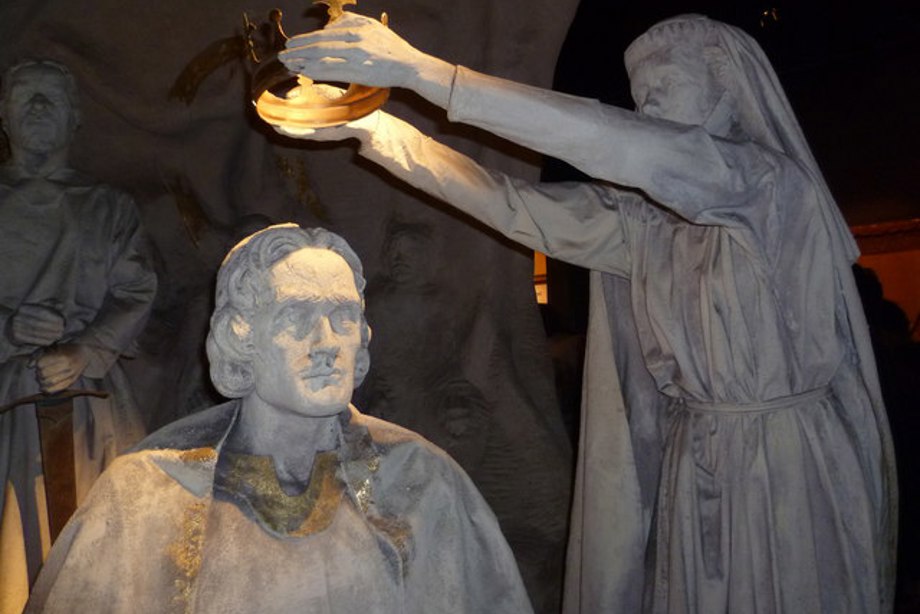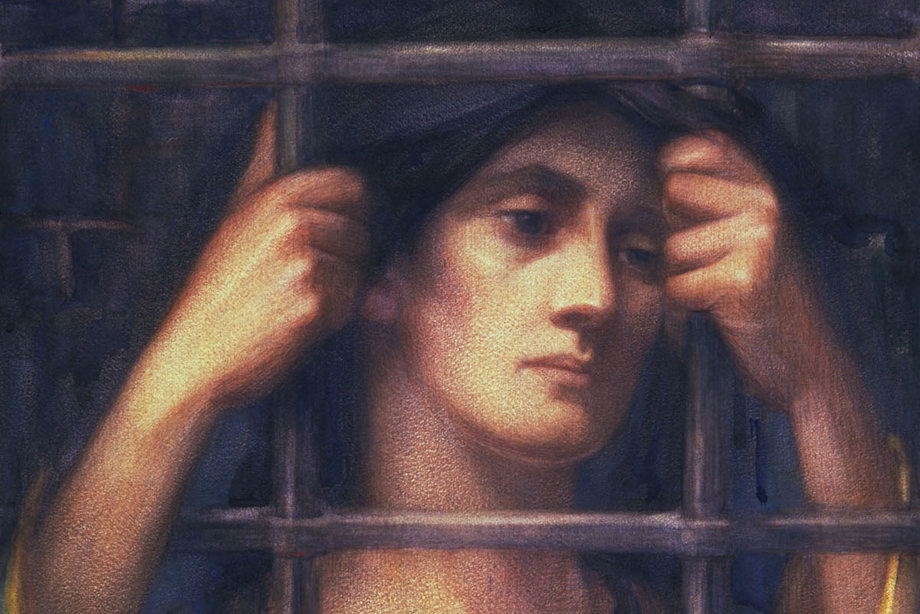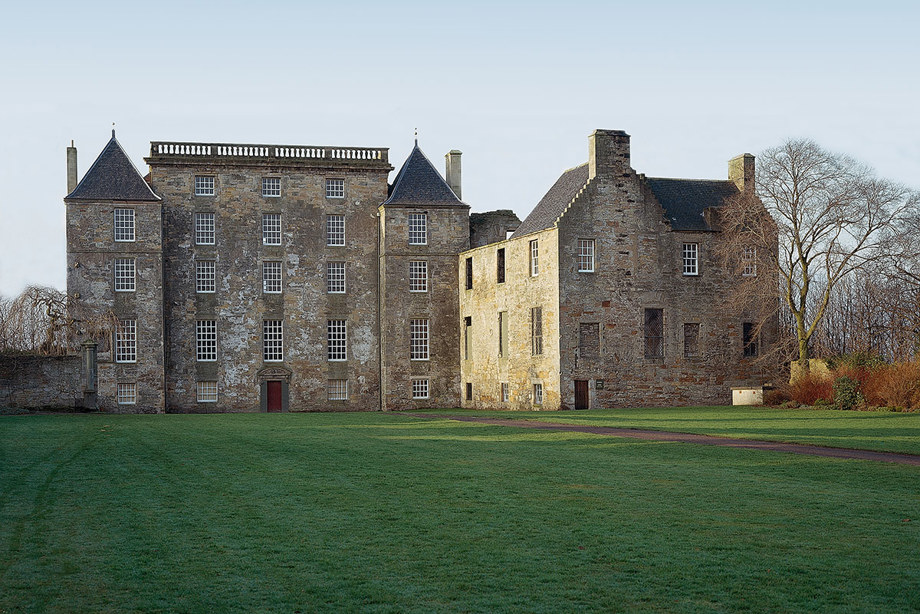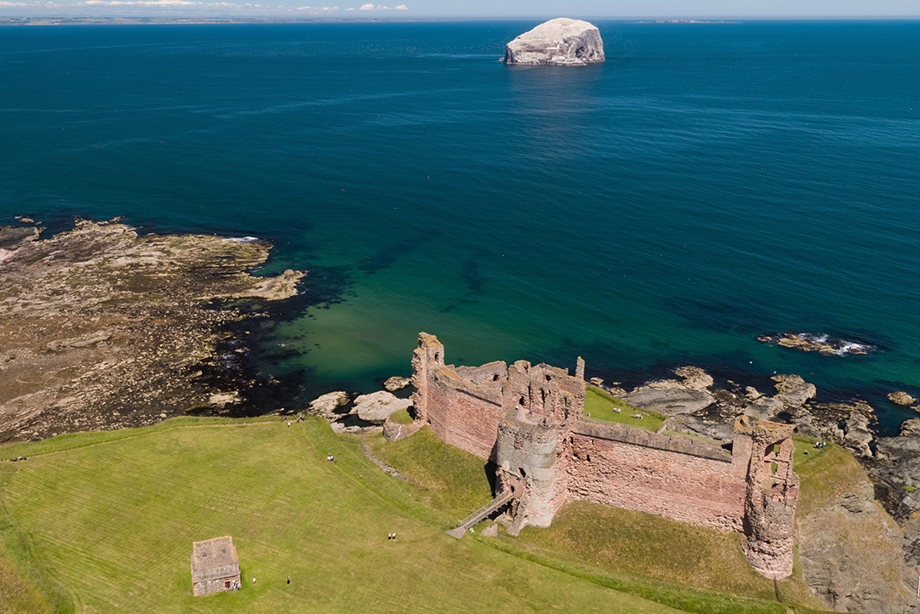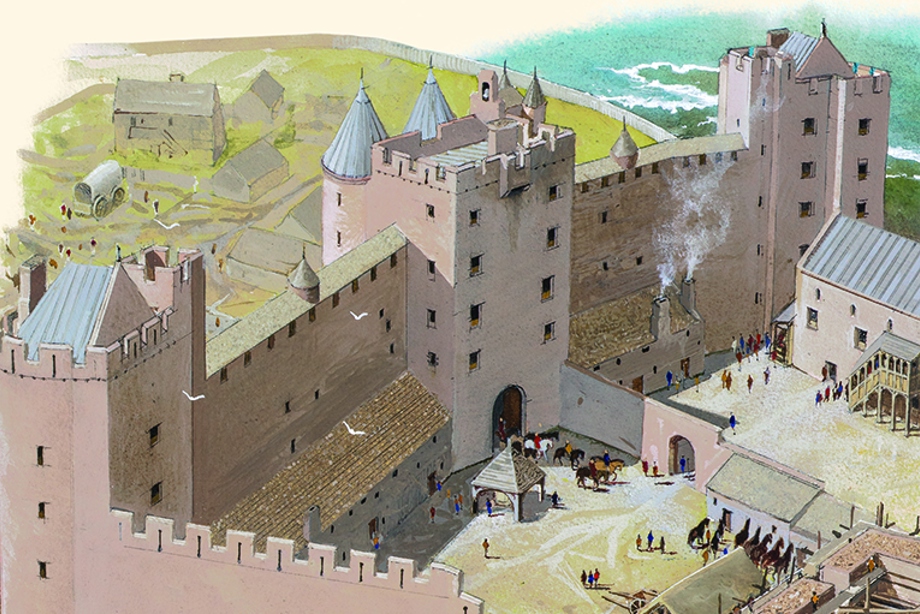Saint Margaret, Queen of Scotland (1045-1093)
Sometimes called “The Pearl of Scotland,” Saint Margaret is one of the most revered figures in Scottish history.
Born in Hungary around 1046, Margaret was the daughter of an English prince sent into exile. They returned to England ten years later.
Soon after her father’s death, Margaret and her mother fled to Scotland in 1068. Legend says their ship ran aground off the east coast of Scotland, in a place now called St Margaret’s Hope.
However, they came to Scotland intentionally where, they were given refuge by King Malcolm III.
Religion and Royalty
Margaret married Malcolm in around 1070 and became Queen Margaret of Scotland.
Together they had eight children, three of which would become king: Edmund, Alexander and David. One of her daughters, Matilda, also became a queen of England.
Queen Margaret died in 1093 at Edinburgh Castle, three days after her husband and eldest son were killed at the battle of Alnwick. She was later declared a saint around 1249.
The only member of Scottish royalty to be made a saint, she contributed greatly to the religious landscape of early medieval Scotland.
Saint Margaret’s Legacies
Saint Margaret played a major part in shaping religious spaces in Scotland.
She is credited with inviting the first Benedictine monks to create a monastery at the site of a church where she probably married Malcolm III, which became Dunfermline Abbey.
The influential queen also enabled safe passage over the river Forth for pilgrims traveling to St Andrews. Named the Queensferry Crossing, it is now immortalised in the towns of North and South Queensferry at each side of the crossing and the modern bridge of the same name.
She is also the namesake of Edinburgh’s oldest building, St Margaret’s Chapel at Edinburgh Castle.
Queen Joan Beaufort (1400s)
Queen Joan was an influential political presence in 1400s Scotland.
Born in England around the turn of the 15th century, Joan Beaufort met the imprisoned James I around 1420.
She was the daughter of the 1st Earl of Somerset and her marriage to James I was set as one of the conditions of his release from the Tower of London where he was held by the King of England.
Their marriage was not purely political, however. Queen Joan was the subject of a romantic poem entitled The Kingis Quair, which James I wrote during his captivity when he saw her through a window.
Queen Joan was gifted Stirling Castle upon their marriage. She kept it as her own property and collected the income from the local estates to pay for its maintenance and care.
An Unwanted Regent
In February 1437, the James I and Queen Joan were attacked in Perth and the King was assassinated. Joan escaped with only an injury to her shoulder.
She managed to flee back to Edinburgh and quickly had their son, the future James II, crowned at Holyrood Abbey.
This was not a simple fix and soon there was unrest. The idea of an English woman being regent for Scotland until her son came of age did not sit well with the Livingston or Crichton families.
In 1439, Queen Joan was captured by the Livingstons, along with her new husband and her brother. She lost custody of the young King James II to the Livingstons.
Mary Queen of Scots (1542-1587)
The most famous and intriguing of all Scottish monarchs, Mary was born in 1542 at Linlithgow Palace. She became the Queen of Scotland at only six days old.
She spent most of her early life in France where she married the French Dauphin Francis. Though she also became Queen of France, after his early death she returned to Scotland.
Unaccustomed to the Scottish way of life, she struggled to fit in. The Queen was a devout Catholic in a country in which Protestantism was the state-sanctioned religion. This created many enemies for her, most notably John Knox, a Protestant reformer who condemned her for things like attending mass.
Queen Mary married her half-cousin Lord Darnley in 1565 at Holyrood Palace and gave birth to a son, the future James VI, in 1566 at Edinburgh Castle.
The Problem of Darnley
Volatile in his alliances and grappling for his own claim to the throne, Queen Mary began to view her husband as a problem. At Craigmillar Castle, she allegedly assembled a group of Lords, including the Earl of Bothwell, to discuss ways to remove her husband from power.
While he was suffering from an unknown illness, she had Darnley return from Glasgow to Kirk o’ Field in Edinburgh. The two seemed to be in the process of reconciling as she visited him daily on his sickbed.
However, on 10 February 1567, an explosion rocked the Kirk o’ Field and Darnley was found dead in the garden. He appeared to have been smothered.
Queen Mary and the Earl of Bothwell came under suspicion. It was believed that Lord Darnley had been murdered.
Death of a Queen
Adding to the rumours, Queen Mary and the Earl of Bothwell were married in 1567, outraging Scottish nobles.
This was the perfect political opportunity to denounce the Queen. She was imprisoned at Lochleven Castle and made to give up her throne to her infant son, James VI.
She soon escaped and fled to England hoping to find aid from her cousin Queen Elizabeth I. But there was no safe haven and Queen Mary found herself involved in an apparent conspiracy to kill the English Queen so she could take her throne.
On 8 February 1587, after years of imprisonment, Mary was executed for her crimes at Fotheringhay Castle in England.
Her legacy lives on and she is now arguably the most famous woman in Scotland’s long history.
Flora MacDonald (1722-1790)
Flora MacDonald is considered a heroine for her bravery during the Jacobite Risings, when attempts were made to restore the House of Stuart to the throne of Scotland.
MacDonald was born in 1722 on the island of South Uist in the Outer Hebrides.
On South Uist in 1746, MacDonald found herself in the company of Prince Charles Edward Stuart, ‘Bonnie Prince Charlie’, who had fled there after the Jacobite defeat at Culloden.
Choosing to give him aid, MacDonald secured safe passage to Skye from her stepfather and disguised the Prince as her maid ‘Betty Burke’.
The group was soon caught and although the Prince managed to evade capture once again, MacDonald was not so lucky.
Captured for her Jacobite Cause
MacDonald was captured by government forces for helping Bonnie Prince Charlie. She was questioned at Dunstaffnage Castle before being taken to the Tower of London where she was held prisoner.
After a year, supporters of her cause collectively raised £1,500 (today, the equivalent of over £175,000) and an amnesty soon saw her release.
Her legacy is one of great renown in Scottish history and even though her motives seemed to be moral and not political, she helped shape a major part of Scottish history.
“Her name will be mentioned in history if courage and fidelity be virtues mentioned with honour.”
Margaret and Ellen Moore (1400-1500s)
Most likely originating from North Africa, the ‘Moorish Lassies’ were two young girls who became very prominent in the court of James IV.
The ladies-in-waiting to the king’s illegitimate daughter, Lady Margaret, were originally victims of human trafficking. They were brought to Edinburgh Castle and soon became known as Ellen and Margaret. Sadly, but not unsurprisingly, the names they arrived in Scotland with were not recorded in the history books.
They found themselves at the heart of elite Scottish society and became very close with Lady Margaret. Like other ladies of the royal courts, they were taught to sew, to ride horses and were gifted with lavish gowns.
Representation in Medieval Media
Although Ellen and Margaret seemed to live a similar life to any other ladies-in-waiting, they arrived in Scotland as children, plucked from their homes as status symbols for wealthy Europeans.
Often dubbed as ‘Blak Margaret’ and ‘Blak Elene’ in official documentation, they were viewed as different.
In William Dunbar’s poem ‘Of Ane Blak-Moir’, Dunbar writes of a Black woman providing entertainment at a tournament and mocks her physical appearance, her skin colour and large lips.
This is believed to reference Ellen Moore. The early racist tones of this poem are clear.
There is little documented about the ‘Moorish Lassies’ after 1510, but their presence highlights the high-profile Black residents in the royal courts of 16th century Scotland.
Ragnhild Simunsdatter (1200-1300s)
Little is known about Ragnhild Simunsdatter other than that she lived on Papa Stour in Shetland, then part of the Kingdom of Norway. However, the legacy she left behind in the oldest surviving manuscript from Shetland helps historians to this day.
The only documentation which references Simunsdatter tells the story of a strong woman with moral convictions. It states she challenged an authority figure during a land dispute in 1299.
The accusation was against a high ranking official and lord of the land, Lord Thorvald Thoresson. Simunsdatter suggested Thoresson was corrupt and had been involved in financial impropriety while collecting rent for Papa Stour.
A Written Legacy
Making an accusation like this was a dangerous thing to do at the time, and much more so for a woman. But in this case Simunsdatter’s accusations were taken seriously.
Her actions prompted a full enquiry into the management of the landholdings on Papa Stour. The results are unknown but Thorvald continued to act as the representative of Duke Hakon of Norway in Shetland.
Not only did Simunsdatter show great courage in the face of authority, her actions and the resulting records helped shed light on the rents, land use and values of 13th century Papa Stour.
Isabella MacDuff, Countess of Buchan (1200s – circa 1314)
Isabella MacDuff is remembered for her efforts during the First War of Independence during which high status families frequently changed sides between the kings of England and supporters of Scottish independence.
MacDuff, also known as Isabel of Fife, was the daughter of the earl of Fife. She married John Comyn, Earl of Buchan. He pledged his allegiance to the English after he was defeated in battle.
MacDuff, however, chose to side with Robert Bruce. She travelled to Scone Abbey to help with the King of Scots’ inauguration.
As the highest ranking family in Scotland, the earls of Fife claimed the right to crown the King of Scots. MacDuff took on her family’s tradition and crowned King Robert at the abbey church.
The Countess in a Cage
After Bruce’s defeat at the Battle of Methven, he sent Isabella with his female relatives to safety. However, they were betrayed and fell captive to the English King Edward I.
For her supposed crimes, Isabella was kept captive in an open-air cage at Berwick Castle. She would spend the next four years of her life there.
It is unclear what Isabella’s final fate was. She was last documented in 1313, and it is unknown whether she returned with the rest of Bruce’s relatives after the Battle of Bannockburn.
It’s thought she perished in captivity.
The Douglas Sisters
There are many gaps in the history books of women's achievements, day-to-day lives and experiences. Records on the lives of Margaret and Elizabeth Douglas are even more scarce.
This is unusual for two granddaughters to James IV born in the early 16th century, who should have led extravagant lives due to their high-born status.
Both women only appear briefly in historical records, with references to how they lived their lives with mental illness.
Margaret Douglas (1500s)
Margaret Douglas married James Hamilton, 2nd Earl of Arran, in 1532 and she was gifted Kinneil House.
Although they had seven children together, James tried at least once to divorce her. The couple eventually seemed to reach an understanding but Margaret still spent much of her time in Kinneil House, sheltered away from the public position expected of a regent’s wife.
In many records, her son James was described as “an idiot, or altogidder furious” which may suggest to us now that he was afflicted with either a mental health condition or learning disability. However, there isn’t enough evidence for an accurate diagnosis. James was said to have inherited his condition from his mother, who shared it with her two sisters.
Elizabeth Douglas (1500s)
Elizabeth Douglas married James Douglas, 4th Earl of Morton, in 1543. Despite James spending much of his time at Aberdour Castle, Elizabeth, like her sister Margaret, spent most of her life away from the public eye at Tantallon Castle.
A rare account of Elizabeth states that she bore ten children, all of which died in infancy. She became more reclusive and her husband began to have affairs. It is very likely that these traumatic experiences took their toll on her already fragile state of mind and enhanced her undiagnosed mental health condition.
James was eventually executed for treason and his wife was branded as an ‘idiot and prodigal’. Despite her wealth, Elizabeth was no longer allowed to manage her own affairs, but little more is known about her remaining years.
The Women of Scotland continued
Discover more of the unsung heroines and well-known women in Scotland's past.

